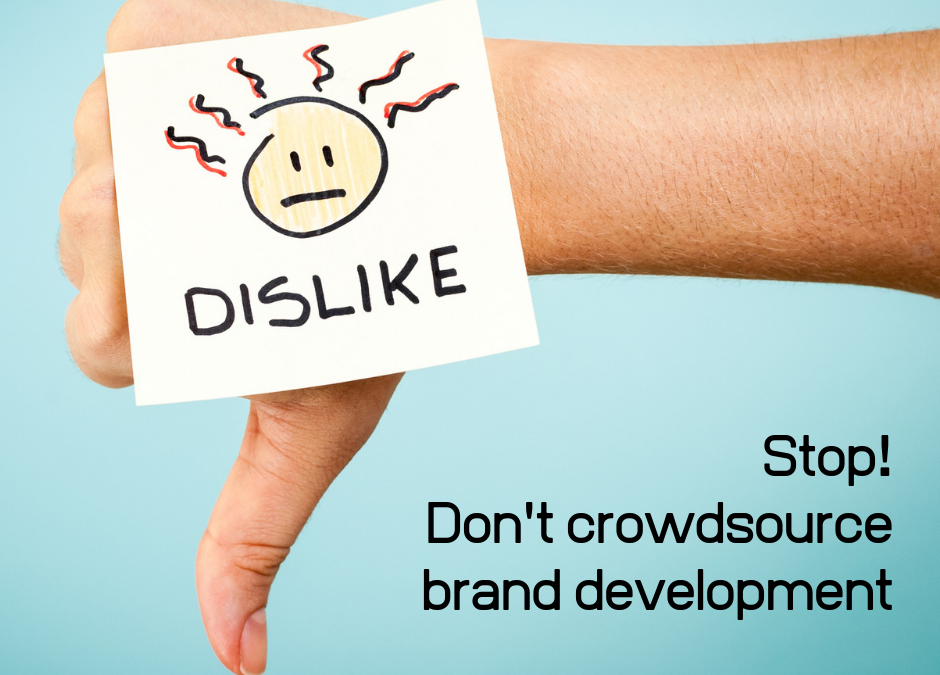Stop using social media, friends and family to test and make decisions about your brand development. We mean it.
PLEASE. JUST. STOP.
Why?
99% of the time, your personal network is nothing like your customer profile. When it comes to brand development, if you’re not Coca-Cola (who is the only company who has a business model of putting a Coke within arm’s reach of every person on the planet), you are not selling to everyone. You’re selling to a specific customer and Aunt Janey and Uncle Bob are not that likely to be the same as the people you are targeting.
When it comes to Brand Development, it’s the customer profile that matters
Brand Development starts with identifying your customer profile and then sticking to it. If you manage to capture 10% of your ideal client market, you will make money. You won’t if you try and make money of people who have no interest in your product or service. The moment you start trying to please every person on the planet AND. THEIR. GRANDMOTHERS (eyeroll), you lose the brand development war.
Instead, you get a milquetoast sadness of a brand and you have lost the chance to make ANY impact on your ideal client. And we know you’re worried about losing everyone else on the planet, but you won’t. We promise. Nothing in your brand that fits your core identity will be so offensive that your secondary+ markets will say “Well, their logo is gray and red and most women don’t really love gray and red, and I’m a woman, so I’m not buying it.”
In fact, it’s the opposite. And we have TWO perfect examples.
#1 Apple
You know that unique Apple logo? Well, there’s a lot of chicken and egg debate over whether it was luck or a plan, but ever-visionary Steve Jobs created a marketing campaign unlike any other to get Apples into every school he could to accomplish one major goal, get women over their computer-phobia so the “home computer” would become a reality. And he used an “Apple for the teacher” strategy to do just that. “Today California, tomorrow the world,” wrote Infoworld.
Now, did Steve Jobs worry that 20+ years later the apple logo wouldn’t appeal to the now primary market of young millenials? No.
The logo has evolved. The BRAND has evolved in marketing campaigns that are radically different from the concept of putting a PC into the room of every teacher. But the original brand — appealed to the original market.
#2 Dollar Shave Club
Part of the lesson I learned with Dollar Shave club is to always trim creative. So I’ll make this simple. Dollar Shave Club knew their “a certain kind of man” audience. They didn’t try to appeal to anyone else, anywhere. Read all about it.
(P.S., If you do want to know a little more about how in-your-face DSC was about their brand? Well, they even made jokes early on about never creating a pink handle. Yet I, an admitted girly-girl, use their manly-man-focused products to get a better leg-shave, cheaper. I’m a woman with money to burn on fancy pink handles. But I am now a tertiary DSC market user.)
So. Stop it. Do NOT let me see you post your logo on FB, LinkedIn, Instagram or Twitter (yes, Twitter still exists) and go “which one do you like.” If you want to get feedback on your brand — use a focus group! Make a decision based on the likes and dislikes of your target market — not your grandmother, your cousins and your 8th grade teacher!!!
(And if you need help staying the course with your Brand Development call us: +1-407-760-7360. Our target market is tech-focused companies smart enough to know engineers aren’t marketers. And strong enough to withstand our “in-your-face-not-afraid-of-a-few-f-bombs-because-we-are-good-at-this” style because we will deliver explosive results!).

